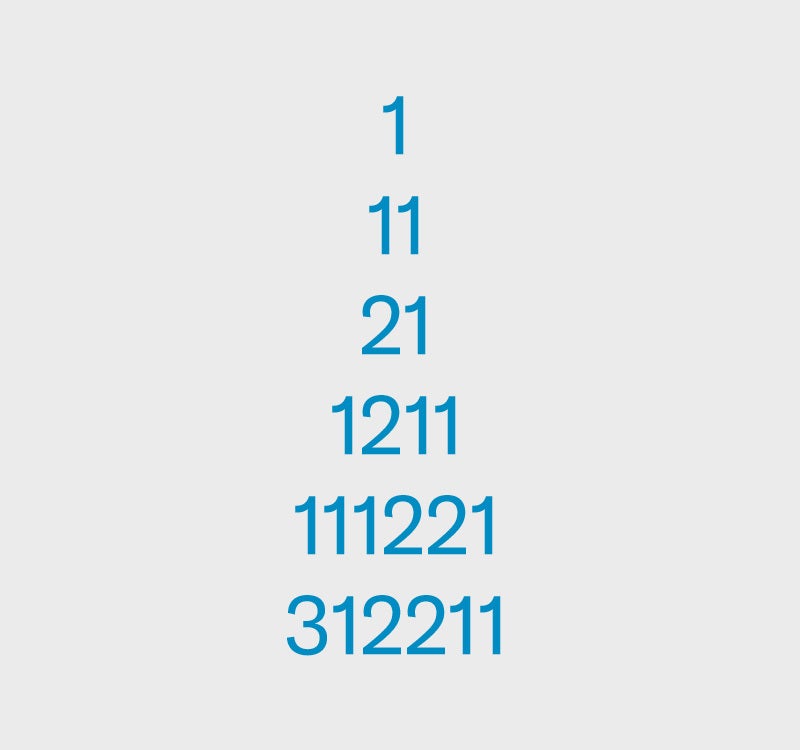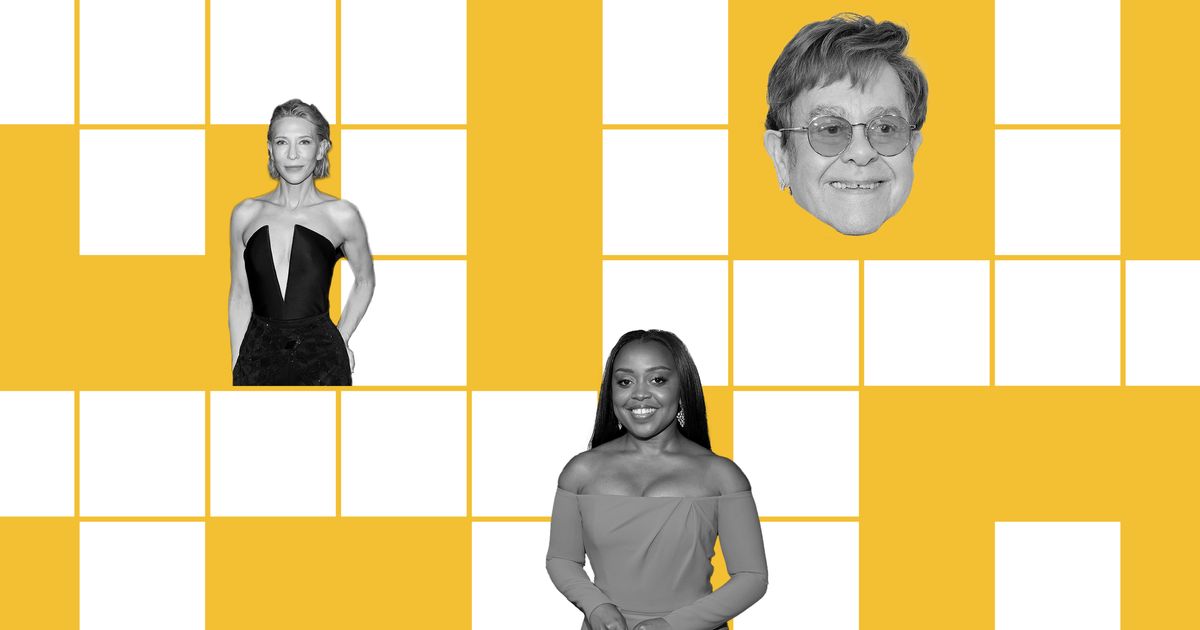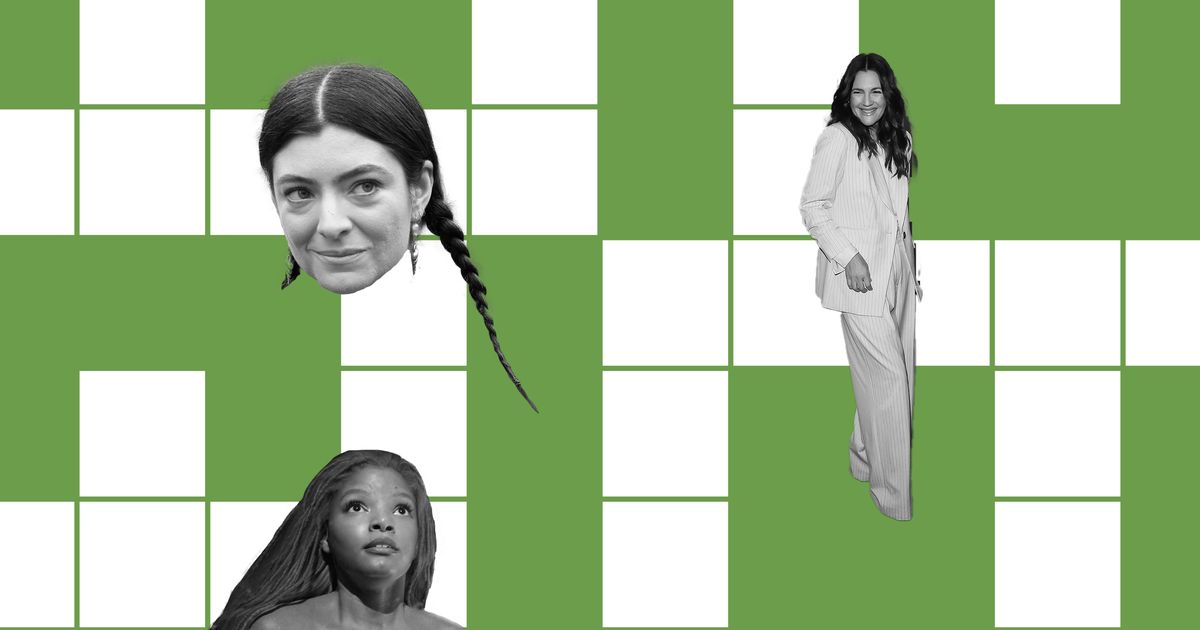Some of the most satisfying number puzzles require little mathematical know-how. In fact, cracking the one below calls for thinking that is quite nonmathematical. I don’t know where or when I first encountered this sequence—it must have been around middle school. But after researching it more recently, I was unsurprised to find that mathematician John Horton Conway, a lover of recreational mathematics well known for his zero-player Game of Life, wrote a playful paper about the pattern and its variants for the University of Cambridge student journal Eureka. This puzzle’s combination of seeming impenetrability, generative complexity and a simple solution makes the sequence delightful to solve and to share.
And so, without further ado: What comes next in this pattern?
The next line is 13112221, followed by 1113213211. Do you have any theories for how it works?
Read on to find out …
This pattern is known as the “look-and-say” sequence because, for each entry, you read out and write down what you saw in the previous line.
The sequence starts with 1, so the next line is “one 1” (aka 11), the following line is “two 1’s” (aka 21), then you get “one 2, one 1” (aka 1211), and so on. The pattern can never reach numerals beyond 1, 2 and 3. Can you determine why? And what happens if you introduce other starting numbers?
We’d love to hear from you! E-mail us at games@sciam.com to share your experience.















